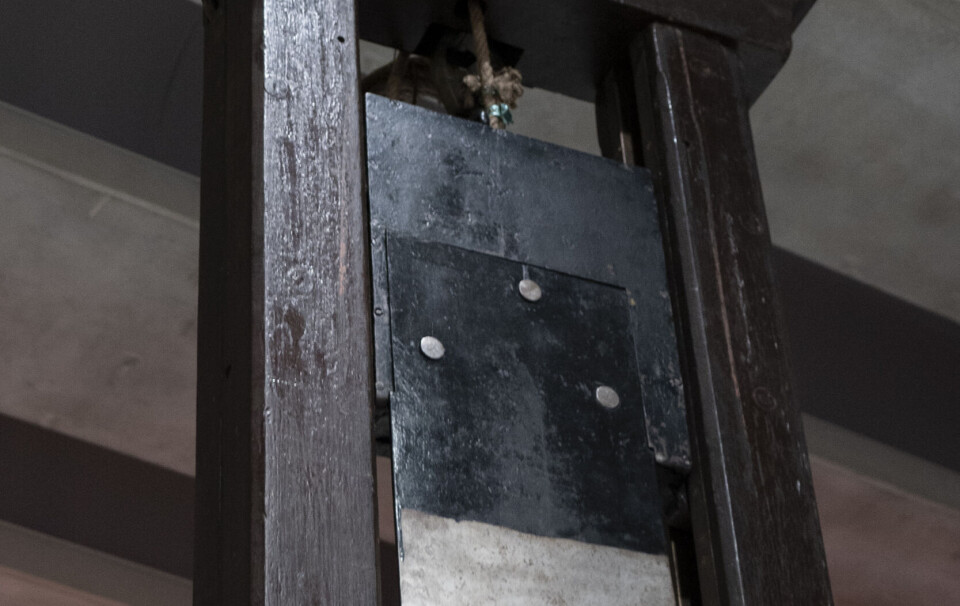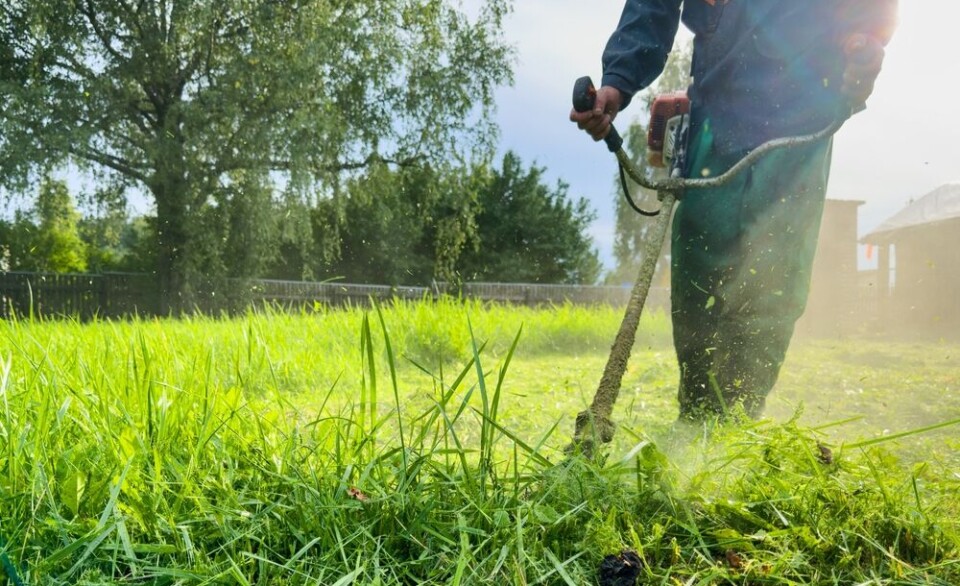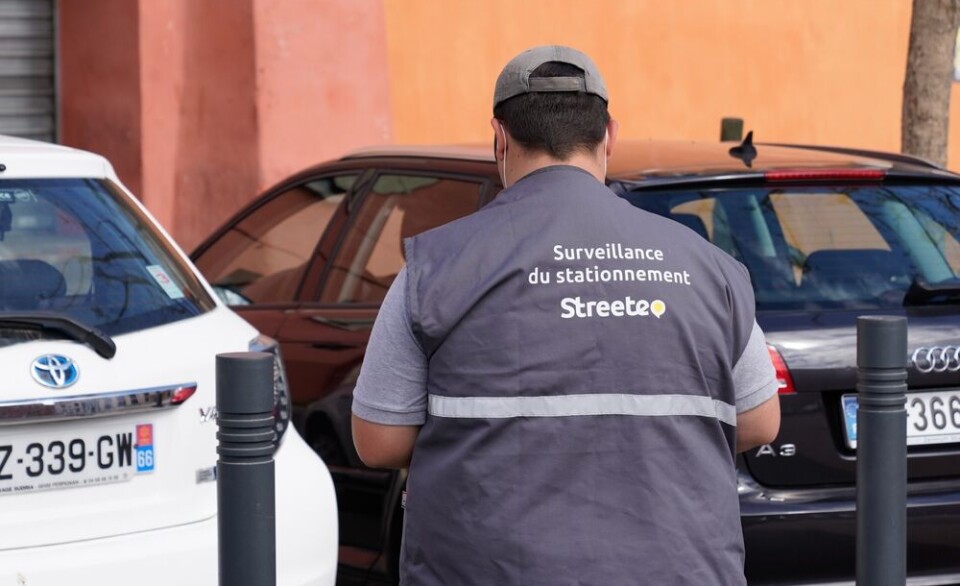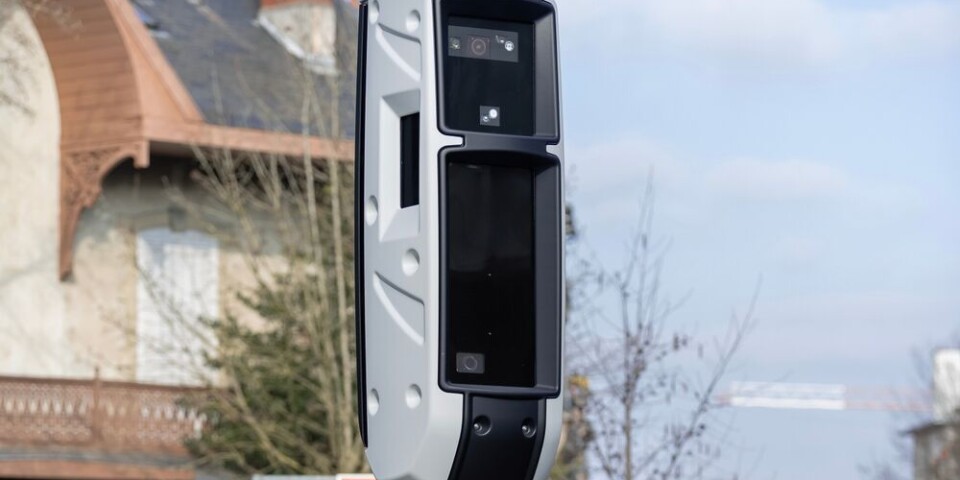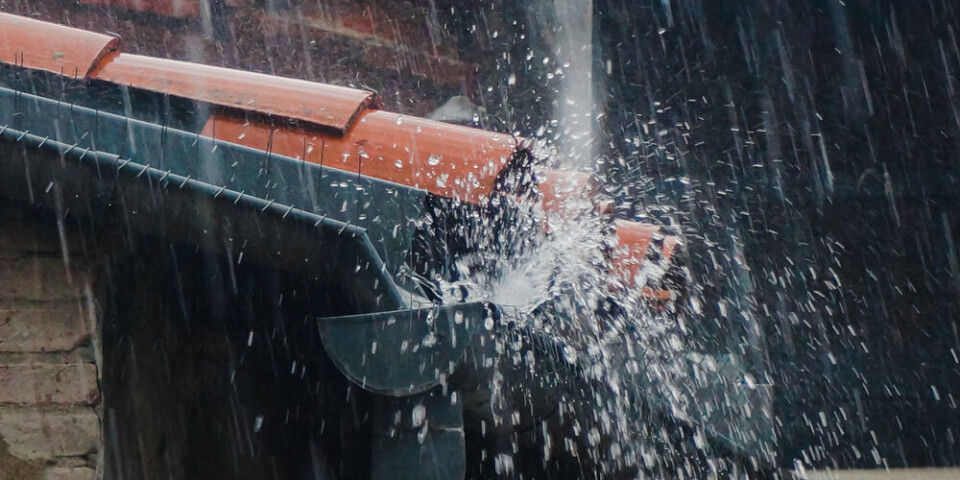-
How to declare the sale of a car in France - and why it is important to do this
You must complete sale transfer form online or risk receiving the new owner’s driving fines
-
What is an FPS parking fine in France and how can it be contested?
Parking fines have a three-month payment deadline
-
Drop in French radar fine income in 2024 after damage to cameras
Fixed cameras generated €76 million less revenue than in 2023
French association allows blind people to drive racing cars
‘It is not about competition and speed, but giving confidence back’: We talk to this French association’s founder, Luc Costermans
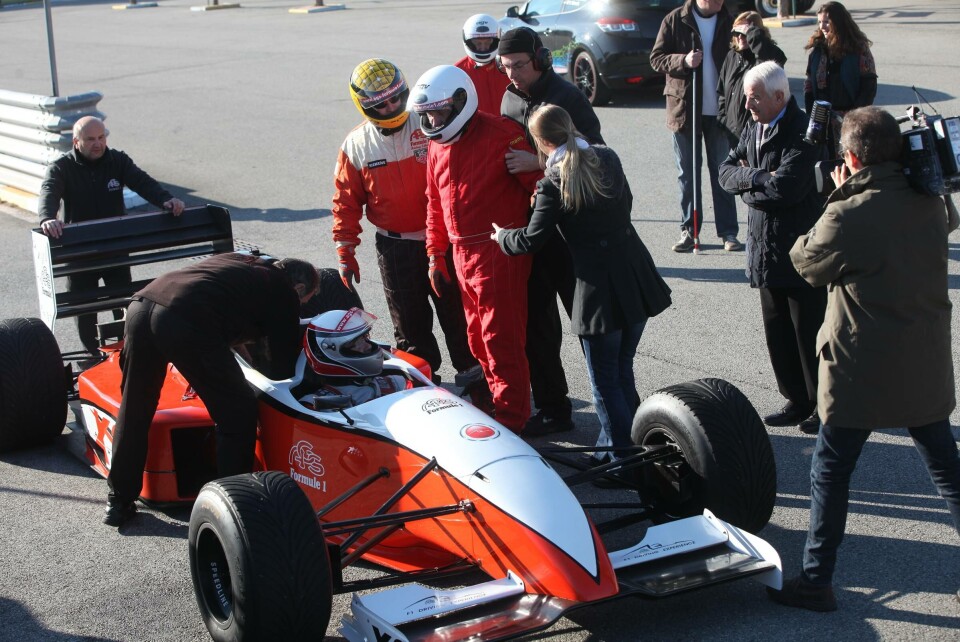
This Grand Prix. I know it by heart.”
“By heart means doing it with your eyes closed, Julie.”
“That’s impossible,” Julie replies.
This short dialogue is taken from Michel Vaillant, a 2003 French movie inspired by the popular comic, when Julie Wood answers questions from driver Michel Vaillant about what speed and gear she would choose on every corner of the Le Mans circuit.
In a nail-biting scene, she is taken to Le Mans by Mr Vaillant, where he asks her to cover his eyes while he drives the circuit, to prove it is not impossible.
Luc Costermans had seen the movie two weeks before he lost his sight in an accident.
A rally and Formula 1 fan, Mr Costermans founded an association based on this very idea in 2006.
Les Non-voyants et leurs drôles de machines is meant to prove that losing your sight does not have to result in only sitting in the passenger seat.
The association offers lessons with driving instructors and professional drivers to people with visual impairment.
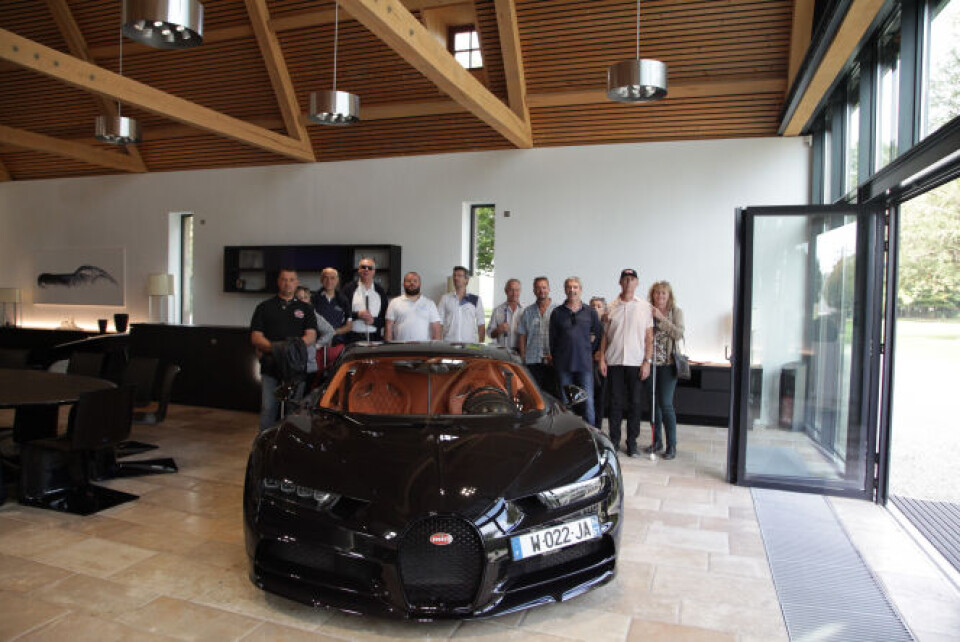
Read more: Driverless cars inspire French AI expert to build tool for blind
The association grew year by year, building partnerships with former rally and Formula 1 drivers and track owners, and publishing videos on a dedicated Youtube channel.
After Spa-Francorchamps, in 2022, the association drove for the first time at Le Castellet, France’s official Formula 1 circuit.
The association has 35 members and has given 1,000 courses.
It has also built a library of 2,400 audio books read by actors such as Léa Drucker, Edouard Baer, Jean-Pierre Marielle and Jean Reno, among others.
The French media tends to focus on the speed aspect, as Mr Costermans once broke records as the world’s fastest blind driver, notching up 308 kilometres per hour in a Lamborghini Gallardo.
His passion for auto sports still burns brightly, evident in some of the off-the-record anecdotes he shared about Ari Vatanen’s notorious Pikes peak ascension in 1988, and of several Formula 1 drivers he has met, and his testing rally experiences in Finland.
Of course, among Les Non-voyants et leurs drôles de machines members there is a healthy spirit of rivalry, but speed and competition is not at the core of the association, Mr Costermans told us.
“We want to give people their confidence back,” he said, requesting that our article would not centre around himself but the association.
You created from scratch a special system that allows blind people to drive cars.
Can you explain to us exactly how your system works?
You have to create a special language in order to communicate easily with your co-pilot. It takes its inspiration from the hand of a watch.
A turn to the right is indicated as Right plus the number on the watch face to indicate the inclination of the turn.
There are complementary and very technical aspects to indicate the speed, when to brake, or change gears when a turn comes around.
Is it not too difficult?
It is very demanding, but it has been developed specifically for total blindness.
Partially sighted people actually face more challenges because they can be distracted by a tree or any other object in their surrounding vision.
Some people with this type of partial visual impairment ask to be blindfolded with a bandana to prevent their peripheral vision distracting their driving.
Does it increase hearing sensitivity or build confidence with co-pilots?
It is a combination of both. Blind people will trust the information given to them by the co-pilots, who will in return trust their responses.
Sometimes, regarding hearing, co-pilots will speak louder if it is necessary.
This is particularly relevant considering that the sound of the engine increases with speed.
We also have specially designed rally helmets with built-in headphones and microphones, which we use if needed.
How have you been welcomed by organisers or track owners? Are they not afraid you may crash more cars?
Absolutely not (laughs). We are always greeted with kindness and goodwill.
The automobile industry has a lot of trust in us, particularly since the association has been running since 2006.
Throughout this time we have gained acceptance and respectability.
Co-pilots always respect our members’ personal space, and they never push them to the maximum.
Racing is a dangerous sport and their lives therefore remain on the line.
The co-pilots never forget that.
What have you heard from your members that has filled your heart?
The biggest compliments we receive come from their smiles once they are out of the car. That is priceless.
They are happy to have been able to do it, to have progressed. They feel good.
It also feels great when they shake your hand afterwards.
Some get their confidence from going to the mairie, the boulangerie or seeing the doctor.
With us, everybody overperforms everyday. For people coming into our association, ‘outperformance’ is about changing gears and driving on a racing circuit.
Does the association have a driving simulator?
Driving simulators are very difficult for blind people because the seat remains static, unlike when you drive a real car.
You are pictured on a screen, but you cannot feel anything. This is extremely frustrating for blind drivers.
I read that you call this conduire aux fesses (driving with your butt).
This is another technique from rally.
This is 100% feeling, because you cannot picture the outside world.
Every co-pilot will tell you they do not see the road, since they have their nose in their notes and their seat is lower than the driver’s.
They only see the bonnet. They send orders based on how they read the pilot’s driving style. It is the same for all of us in the association.
When I am in a car, I only feel the road through my body.
From the steering wheel, I can understand the liaison point from the ground. From touching the gear box, I can get more mechanical information. The seat and the car body will give you information about the road surface, etc.
All of that is called conduire aux fesses.
The same works for you but you have forgotten it because your eyes are in charge.
The only difference is when a turn has a rumble strip. Since you see it, you can anticipate this and position your body accordingly.
I cannot, and co-pilots often lack the time to deliver the information.
When I take a rumble strip, I do not know if I am still on the road.
Your body has not enough time to adapt to the situation. This part of driving is extremely disturbing.
What do you expect for the future of the association?
We are focusing on what happens in 2023.
We hope that we can continue to work with Le Castellet and secure two driving activities on Formula 1 circuits. That would be outstanding.
We have recently received a Renegade with 280 horsepower. Some of our most experienced drivers are still getting used to the car. It is extremely difficult to drive.
It has an automatic transmission and directional power is placed on the back of the car, which creates a different kind of movement to what most members have become accustomed.
Getting used to this new style of driving will take time.
But nothing is impossible.
Related articles
Mobile app helps blind hikers explore France
Blind Frenchman’s sight partially restored by pioneering gene therapy






